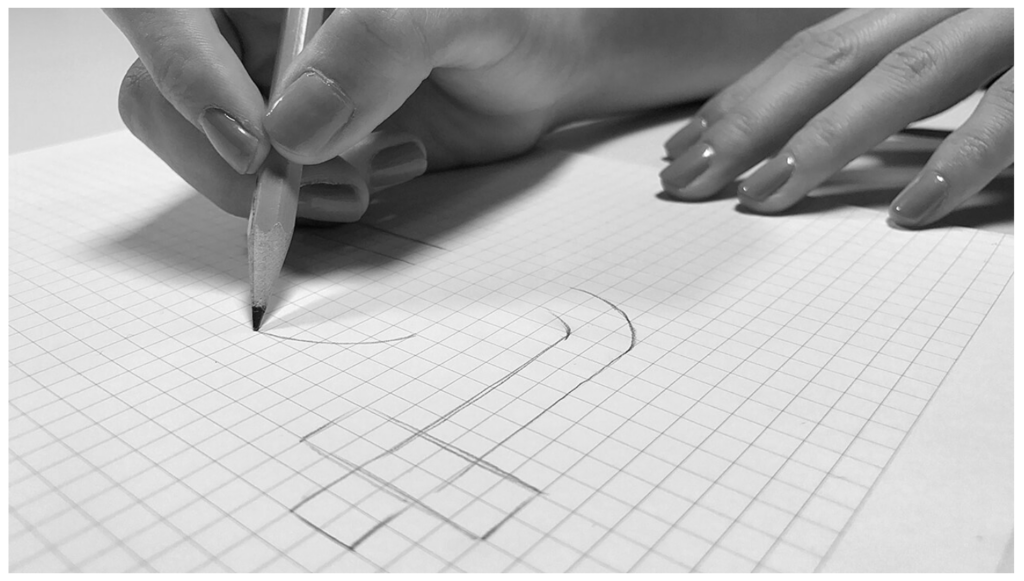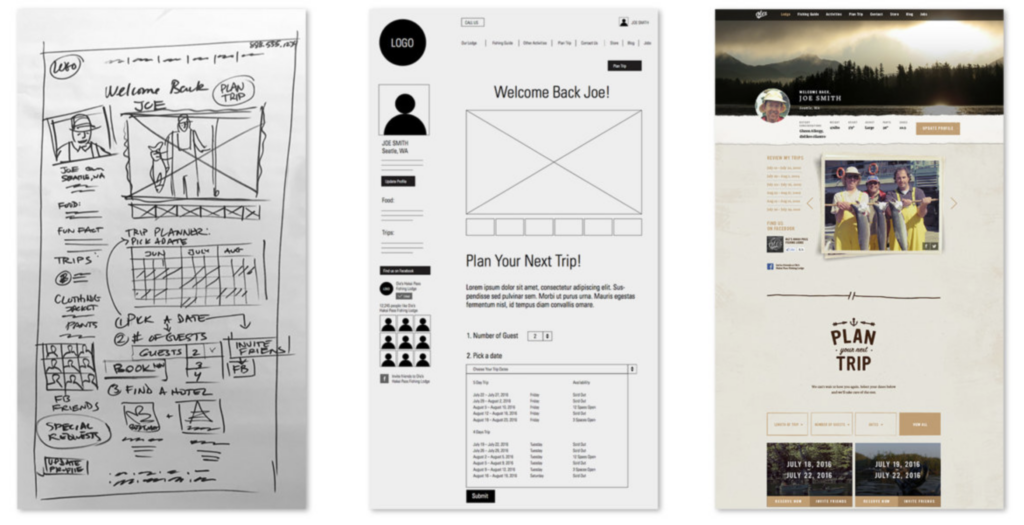A Case Study is a detailed, narrative examination of the creative process and the results of a specific project that is full of behind-the-scenes sketches, photos, and insights from throughout the process. They give the reader an opportunity to experience the project in an engaging form and to discover more about who you are as a designer.
A case study is NOT a portfolio. Portfolios are collections of work designed to demonstrate the breadth of your skills and experience. They can contain individual case studies, but not all of them do. Also, not every piece of work you do is necessarily worthy of a case study.
Why Case Studies?
Case studies serve two general purposes:
- Self-Promotion – If you’re in the creative services industry, you need to have great examples of work on your website.
- Show Capabilities – A quick way of showing exactly what kinds of work you can do without having to write a formal proposal for a project.
More specifically, they can answer a lot of questions for clients and potential employers. For any given project, a case study can show:
- The Process – What is it like working with you? Are your results derived from magic, or is it a repeatable game plan? Are you a valued team member, or a lone-wolf design ninja?
- The Payoff – Did you get results? Actual, measurable business results? How did you measure the project’s success?
- The Aesthetic – Do you do the look they are looking for? Do you have a specific style? Do you understand the vibe that they want to create? Have you done work that looks like their mood boards or references?
- The Proof – What do other people think about working with you? Are you a good partner? Did they enjoy the process? Would they hire you again?
- The Prestige – Do you work with brands on your client’s ‘level?’ Did the project win any awards? Are you accustomed to dealing with similarly-sized businesses and teams? Were you trusted with a similar project?
- The Expertise – Do you have experience in their industry? Are you an expert in providing a specific deliverable? Do you have prior knowledge that you can bring to the table to help solve their problems?
Tell A Story About Your Work
When showing your work to potential clients or employers, you want to put your best work forward. And your best work will ALWAYS have some kind of story behind it. That story will be about either the client or their users solving some kind of problem. It is important to structure your case study so that it is in a narrative format.
- Intro and Background
Introduce the project/brand, users, customers, and setting. Start painting the picture of your client’s current normal. - Compelling Event Happens
There is a reason you were hired for this project. There is a product launch, event, publication, etc. that needs something designed and produced for it. What was that reason? What does your client want you to do? - Bridging the Gap
This is where you explain the process of trying to achieve the goal or solve the problem. This is the part where you talk about your design process and how you arrived at the final product. - The Climax
Each project may be different, but often the climax is simply the design that is chosen and finalized. All edits and changes have been completed and all stakeholders have given their approval. - The Rollout
This section can be all about the rollout of the design work after everything is completed. Were there challenges? How did the final product turn out? This is a good place for real-world example images. - The Gain
This final section is where you illustrate the impact of your work on your client. Have you improved things? Solved the problem? Helped them meet a goal?
Document Everything
Collect, curate, collaborate and capture everything early and often. Just like we collect information. Case studies are all about the journey of transformation. You’ll want supporting images.
Tips on What to Photograph
Look for opportunities to communicate transformation, process, and effort. What is the most visual part of the client’s existing brand? Were there in-person meetings? Did sketching happen? Do your best to capture these moments. Take more photos than you think you’ll need so you can have a wide selection to pick from.
Think About the Style of Your Case Study Photos
Great Instagram feeds have this nailed. Try photographing your process and what you create in the same style. Think about things like depth of field and color correction. You’ll end up with a body of work that is on-brand.
You Need Two Types of Images in a Case Study
Process Shots – Mind maps, sketches, Post-its, whiteboards, logo comps, marked-up wireframes, etc. Taking pictures of these things show your in-depth and thorough design process.
Final Work – Include not only the final images that you provide the client. Try and capture your work in the real world. Go find it and take good quality photos of it. See if the client can send you the product with your design work on it. These shots show your finished work in the context of the real world and are further proof of your skill and expertise as a designer.
To see some great examples of case studies:
Blind – A creative studio in Southern California that does all kinds of great work. Their work is very polished, and so are their presentations.
AIGA – They keep a pretty deep archive of case studies for all kinds of creative projects, browse through them to see different ways to present your work.
Eiko Ojala: Conveying Complex Issues With Simple Illustrations



